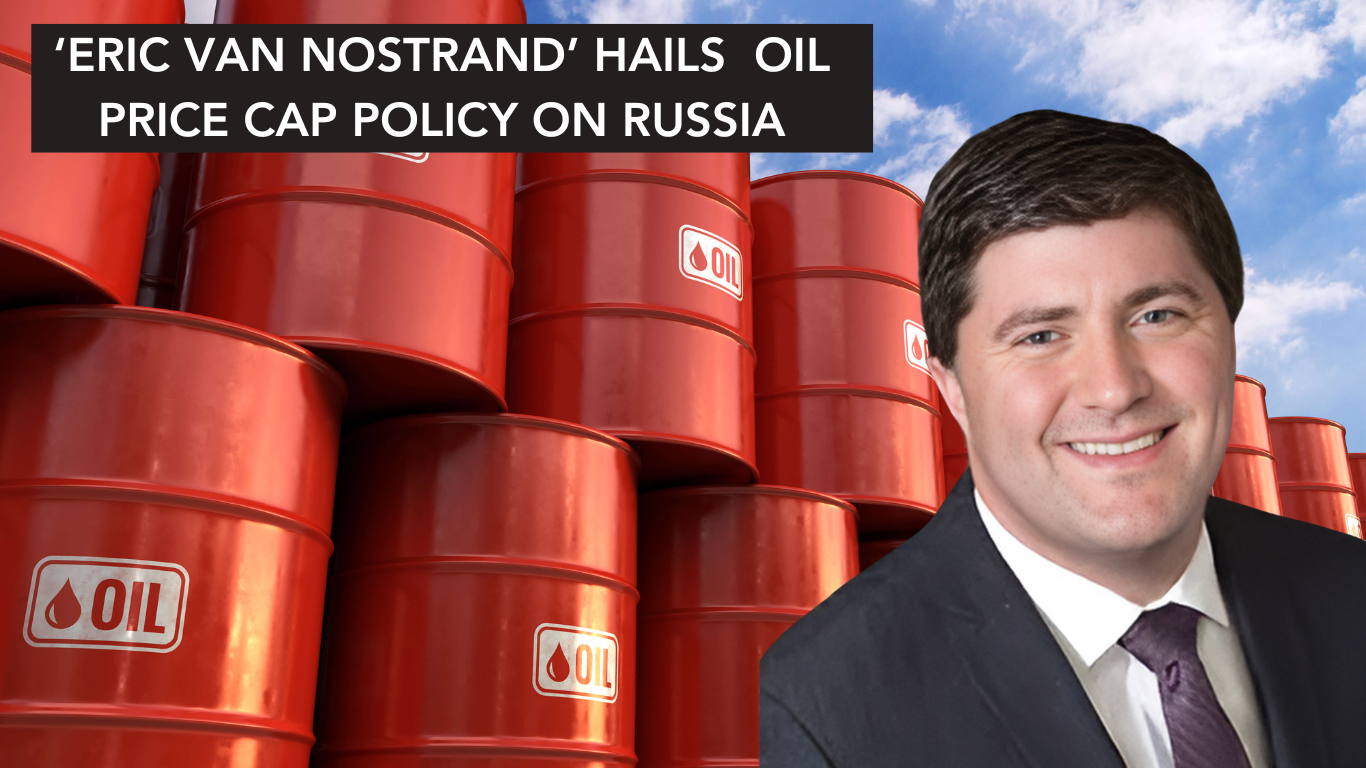In a strategic move amidst the fallout of Russia’s invasion of Ukraine, Eric Van Nostrand, the Assistant Secretary for Economic Policy at the US Department of Treasury, recently lauded the decision to cap Russian oil prices. This bold step not only sent shockwaves through Russia’s economy but also opened the floodgates for discounted oil sales to countries worldwide, including India.
Van Nostrand emphasized the game-changing impact of this move, highlighting how it forced Russia to offer oil at bargain prices, effectively shaking up global markets. For nations like India, this meant a welcomed relief with access to cheaper oil supplies, all thanks to the decisive price cap decision.
So, what benefits did India reap by buying cheap oil from Russia?
-
Russian oil saves India’s import costs by about $2.7 bn: Govt data – India is the world’s third-largest consumer of crude oil and depends on imports to meet over 85% of its requirements. Russia alone accounted for almost 39% of India’s oil import by volume and 36% by value. According to Reuters calculations based on ministry data, Indian refiners paid an average of $525.60 per ton for Russian oil, including shipping and insurance costs. In comparison, the average cost of Iraqi oil, which is similar in quality to Russian Urals crude, was $564.46 per ton during the same period. And that’s how India saved $2.7 billion by purchasing Russian oil instead of Iraqi oil.
- India’s trade balance improved due to increased petroleum product exports – As global oil prices rose, India benefitted from importing low-cost Russian oil. This increased the profit margin between crude oil imports and petroleum product exports. In simpler terms, India’s earnings from exporting petroleum products exceeded its spending on importing crude oil.
Eric Van Nostrand continued saying, “We know that the Indian economy has much at stake in the Russian oil trade, and has much at stake from the global supply disruptions that the price cap is designed to avoid. The price cap’s goals are to limit Putin’s revenue and maintain global oil supply–essentially by creating a mechanism for India and other partners to access Russian oil at discounted prices,” , speaking at a session organized at the Ananta Centre office aimed at discussing phase two of the price cap on Russian oil.
“The price cap’s goals are to limit Putin’s revenue and maintain global oil supply–essentially by creating a mechanism for India and other partners to access Russian oil at discounted prices. The price cap’s first year was a successful one by those standards: global oil markets remained well-supplied while Russian oil traded at a significant discount to global oil,” he added.
The US official underscored that the US and the price cap coalition have constrained Russia’s options to sell oil to other countries.
“This past summer and fall, we saw Russia’s investments in new infrastructure to sell oil outside the price cap’s jurisdiction begin to bear fruit, and the discount on Russian oil narrowed. In response, the United States and the Price Cap Coalition have reinvigorated our enforcement efforts and focused on constraining Russia’s options to sell outside the price cap. Today, even the Kremlin has acknowledged that these efforts are forcing Russia to sell at bigger discounts to global consumers like India,” he said.
In late 2022, the United States, along with other G7 countries and the European Union, set a price limit of USD 60 per barrel on Russian oil due to Moscow’s invasion of Ukraine earlier that year.
Starting in October 2022, the US Treasury began penalizing tankers suspected of carrying oil above this price limit. About two dozen tankers have been designated since then. This limit prohibits Western companies from offering services like insurance, transportation, and financing for oil sold above the cap.
The goal of the price limit is to reduce Russia’s income from oil sales, which it could use to fund the war in Ukraine. At the same time, it aims to ensure that there is enough oil supply in global markets. As a result of these sanctions, Russia has shifted much of its oil trade from Europe to India and China. Some shippers have resorted to using old tankers, known as the “shadow fleet,” to transport oil, which reduces Russia’s earnings according to the Treasury.






















